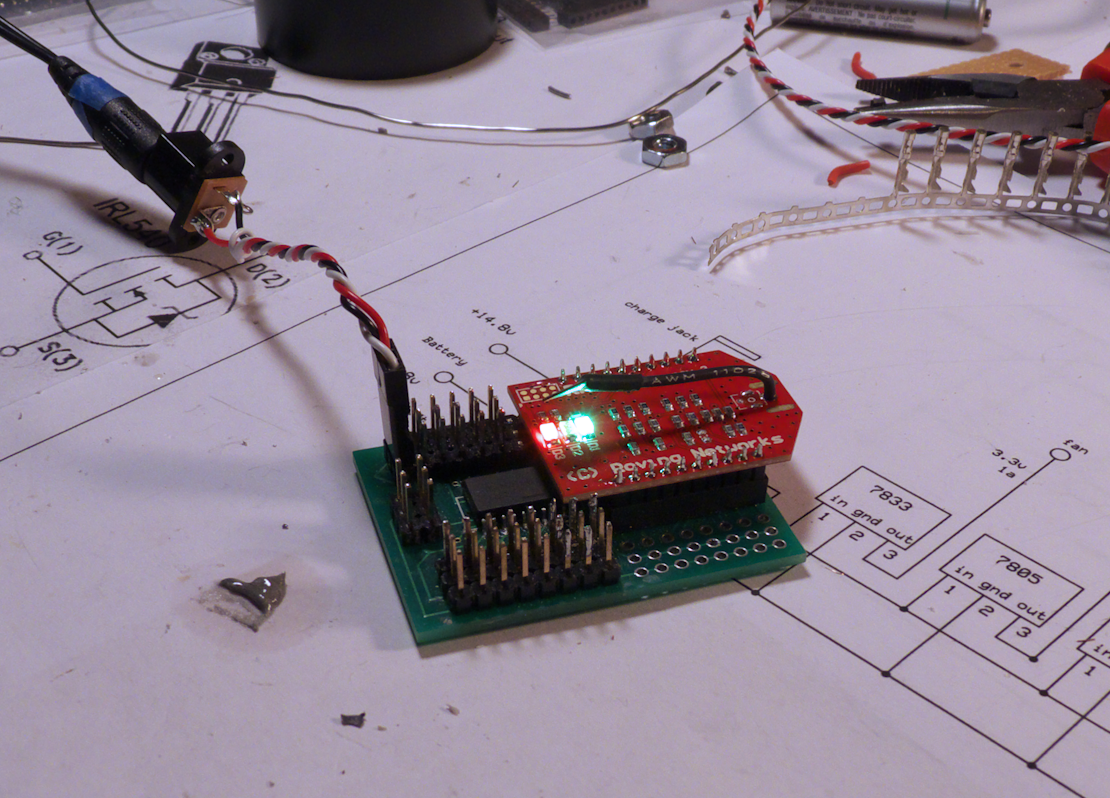Craig Townsend said:
HJ,
Check out the blog posts from Trevor Marshall. He’s been using a app that allows a Iphone to work as a throttle for the Lenz DCC system. Might learn something?
http://themodelrailwayshow.com/cn1950s/?cat=86
Would do me little good, I don’t do Lenz or MAC and iAnything.
There’s an app for Android, too, but it is an almost full implementation of the ZIMO cab. However that’s not what I was looking for.
With +SHM there is no app to install, TC (TrainController) has a built-in web server. In the remote throttle (just about any gizmo that provides a browser) you call up the IP of the computer running TC, which starts +SHM. You log in and depending on how your cab is set-up in Smart Hand Manager and which engine is assigned this is what you’ll see.
(http://www.rhb-grischun.ca/P1a/SmartHand01_s.jpg)
A speed control with three input possibilities a) tip (stylus will be provided) anywhere on the speedometer scale and the engine will accelerate to that speed tip on a lower value and the engine will slow down to that point - both according to the values programmed in the decoder of that particular engine. The speedometer scale takes the top speed of the engine into account e.g. Krok 413 has a top speed of 55 kmh - a scale that is divided to 1km increments is displayed.
b) slider to increase and decrease speed
c) up and down arrows for the same purpose. the increments on each tip can be programmed.
At the bottom are the extra functions e.g Light 1 = Headlight and cab light; Light 2 is the single tail light (lower right side), first whistle = engine whistle; second whistle = conductor’s whistle.
And there are a “few more” to be added, couplers and pantos; but all in all uncluttered and easy to understand.
That was the display in Portrait mode, turn it to Landscape and you have the track diagram, zoomed for easy operation.
(http://www.rhb-grischun.ca/P1a/SmartHand02_s.jpg)
That will also show where that train is, what’s coming the other way etc.etc. etc.
As I said it will do everything required and restrict the engineers to just their consist i.e no goof ups or resetting values.
 Looks like you have everything figured out regardless.
Looks like you have everything figured out regardless.